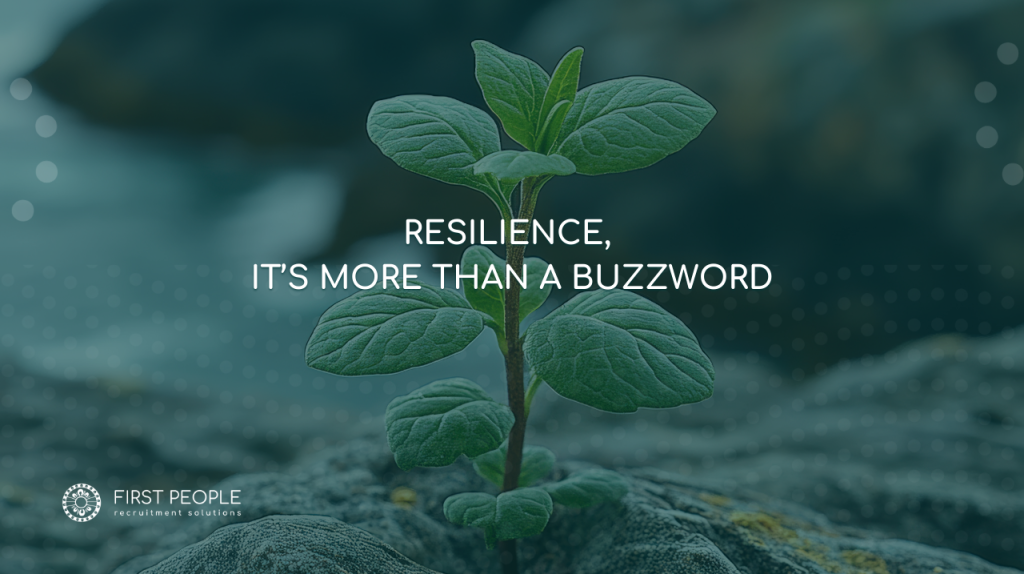What Works, What Doesn’t, and How to Make It Better
If you’ve worked in an office over the past few years, chances are you’ve already experienced hot-desking, where no one has a permanently assigned workstation. It’s increasingly common across Australian workplaces, particularly in open-plan environments. But despite its popularity, many employees are still adjusting to the practice, and there’s plenty of confusion around how to make it work for everyone.
According to Natasha Hawker, Managing Director of an HR and recruitment consultancy based in Sydney, workplace etiquette hasn’t kept up with the hot-desking trend. And while it may seem like a recent phenomenon, hot-desking has been evolving for some time.
Where Did It Come From?
Professor Paula Brough, an organisational psychology expert from Griffith University in Brisbane, explains that hot-desking gained momentum as open-plan offices became the norm, and the trend accelerated post-COVID. As hybrid work models became more common, many employers saw hot-desking as a cost-saving solution.
“From a business perspective, it allows companies to support flexibility while cutting down on unused desk space and equipment,” Brough says.
Hawker agrees. “Businesses are looking for ways to reduce their physical footprint and expenses,” she says. “Hot-desking helps them do both.”
What About Employees?
While hot-desking makes economic sense, it’s not always a smooth experience for workers. Hawker notes that one of the positives is the opportunity to learn from others: “I’ve picked up so much just by sitting next to different colleagues and seeing how they work.”
Professor Brough adds that how well someone adapts to hot-desking often depends on their personality. Extroverts may thrive in dynamic, shared spaces where spontaneous collaboration sparks creativity. But that’s not the case for everyone.
“For some, it strips away the comfort, stability and routine needed to perform at their best,” says Emeline Gaske, National Secretary of the Australian Services Union. She highlights a growing tension between employers pushing for hot-desking and employees craving consistency and control in their environment.
Making Hot-Desking Work
So what’s the etiquette when you’re shifting desks each day?
Natasha Hawker offers some practical advice:
- Introduce yourself early – If you’re sitting at a new desk, greet those nearby within the first half hour.
- Offer small gestures – “If you’re heading out for coffee, ask your neighbours if they’d like one too,” Hawker suggests.
- Minimise noise and disruption – Keep personal calls and conversations discreet, especially in shared spaces.
- Clean up after yourself – Employers should provide cleaning supplies and hand sanitiser, but workers should take responsibility for leaving the desk as they found it.
- Use lockers – If your workplace offers them, keep your belongings tucked away rather than cluttering a desk.
Still, many people struggle with the transient nature of hot-desking. “Humans are creatures of habit,” Brough notes. “If someone’s usual desk is taken, it can feel disorienting—even if the rules say all desks are up for grabs.”
Hawker acknowledges this, too. “People naturally gravitate toward the same seat. When it’s not available, tensions can rise.”
Some workplaces are introducing policies to help manage these issues. For example, if you’re in the office four days a week, you might earn the right to “claim” a desk. But if something’s bothering you—whether it’s someone else’s desk habits or your own discomfort—Hawker recommends addressing it directly and respectfully. If that’s not possible, speak to your manager or HR.
Final Thought
Hot-desking isn’t going anywhere, and for many, it’s a new reality of hybrid work. The key is to make it work with people, not just around them. With a mix of respect, boundaries, and a little flexibility, hot-desking doesn’t have to mean discomfort—it can be a chance to connect, collaborate, and learn in unexpected ways.



